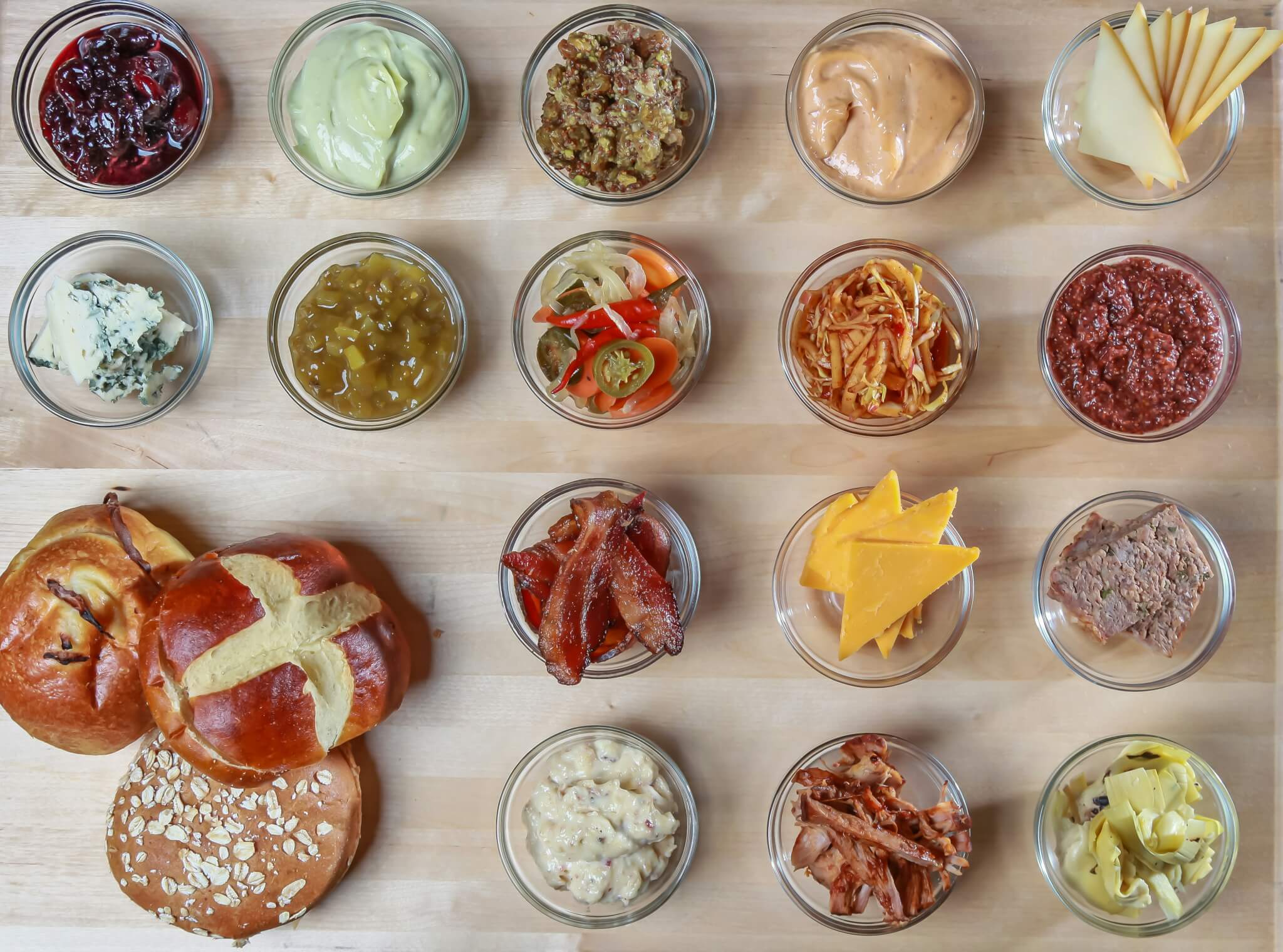Insulin resistance doubles the risk of major depressive disorder

Stanford scientists have linked insulin resistance to an increased risk of developing major depressive disorder.
“If you are insulin resistant, the risk of developing major depressive disorder is twice that of a person who is not insulin resistant, even if you have never experienced depression before,” said Dr. Natalie Rasgon, MD, Professor of psychiatry and behavioral sciences. For example, it has been shown that about 40% of patients with mood disorders are insulin resistant.
Studies have confirmed that at least 1 in 3 people has insulin resistance, often unknowingly. The condition is not due to a deficiency in the pancreas’ ability to secrete insulin into the blood, as in type 1 diabetes, but due to the low ability of cells throughout the body to take this hormone into account.
The task of insulin is to tell our cells that it is time for them to process the glucose that floods our blood due to the food intake in it, its manufacturing in the liver or both. Every cell in the body uses glucose as fuel and each of these cells has receptors on its surface that, by binding themselves to insulin, signal the cell to ingest the precious source of energy.
Insulin resistance can have various reasons, such as excessive caloric intake, lack of exercise, stress and insufficient sleep. As a result, blood sugar levels become chronic. Once these levels exceed a certain threshold, the diagnosis is type-2 diabetes, a treatable but incurable condition that can lead to cardiovascular and cerebrovascular disorders, neuropathy, kidney disease, limb amputations and other harmful results for health.
The Stanford team analyzed data from 601 men and women, with a mean age of 41, who served as control subjects for a Dutch study of depression and anxiety. At the time of their enrollment, they had never been troubled by these conditions.
Three indicators of insulin resistance were measured: fasting blood glucose, waist circumference, and the ratio of circulating triglyceride levels to circulating high-density lipoprotein (HDL, known as “good” cholesterol).
Finally, the researchers concluded that subjects found to be insulin resistant had a nine-fold increased risk of developing major depressive disorder. Thus, it was found that a moderate increase in insulin resistance, as measured by the triglyceride-HDL ratio, was linked to an 89% increase in the rate of new cases of major depressive disorder. Similarly, each 5-centimeter increase in abdominal fat was associated with an 11% higher rate of depression, and an increase in fasting plasma glucose of 18 milligrams per deciliter of blood was associated with a rate of depression 37% higher.
The researchers limited the next phase of the analysis to about 400 subjects who, in addition to never having experienced major depression, showed no signs of insulin resistance at the start of the study. In the first two years of the study, almost 100 of these participants became insulin resistant. The researchers compared the likelihood of this group developing major depressive disorder over the next seven years, with that of participants who had not yet become insulin resistant in two years.
Those who developed prediabetes in the first two years of the study had a 2.66-fold higher risk for major depression after nine years of monitoring, compared to those who had normal fasting blood glucose test results at the assessment interval (every two years).
“It’s time for healthcare providers to consider the metabolic status of those with mood disorders and vice versa, by assessing the mood in patients with metabolic diseases such as obesity and hypertension,” Rasgon said.
Adopting a proper eating style can effectively prevent diabetes and control this condition. With the help of the Dahna application, which you can download for free from the App Store and Google Play, you will discover what a healthy diet means, how you can customize it according to your needs, but also many other tips on how to stay fit.
Source: here.












